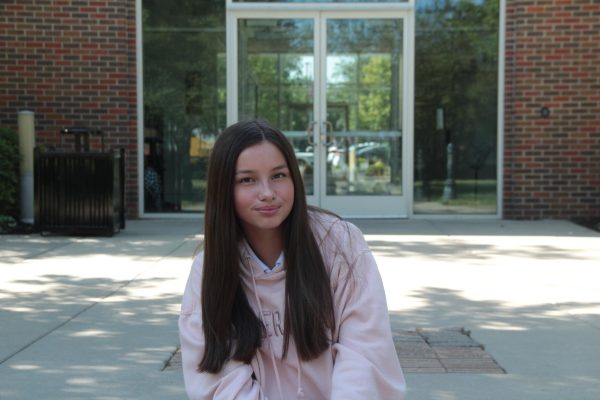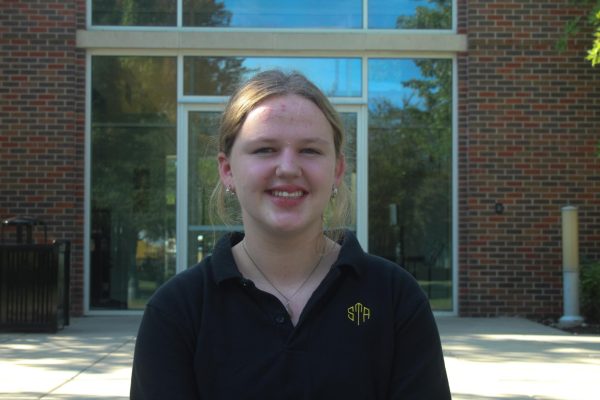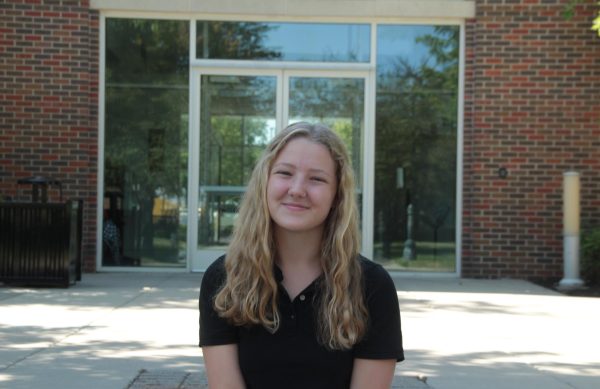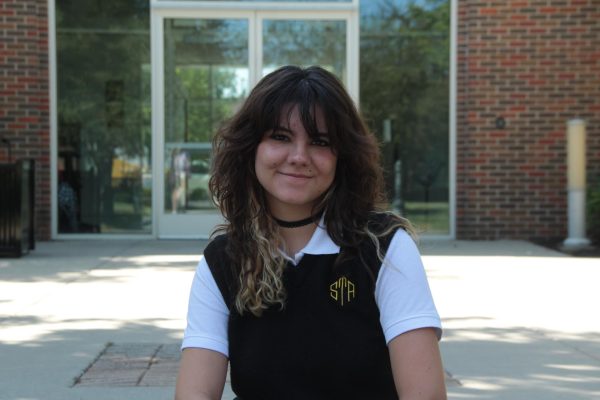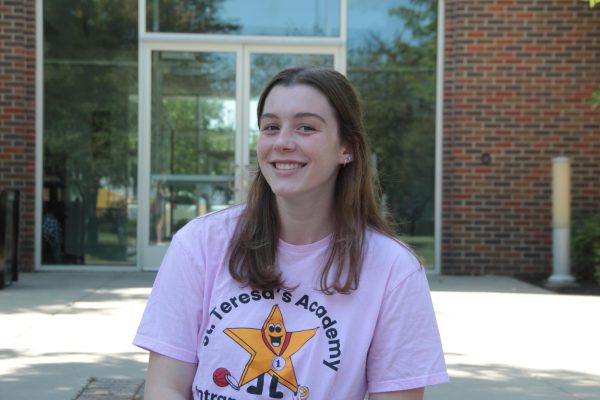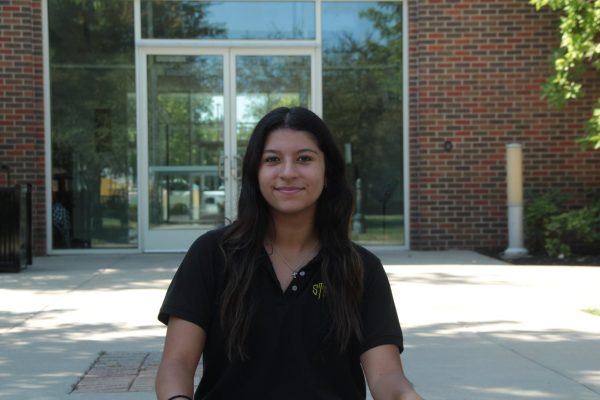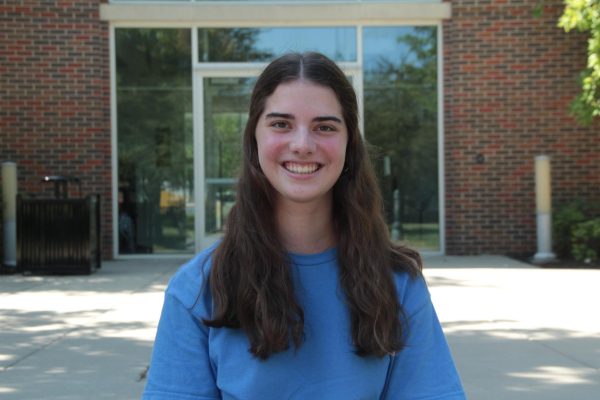Living in the Midwest won’t stop me from being an advocate for the orcas
Killer whales are living in inhumane conditions for the purposes of human entertainment.
January 25, 2018
I was nine years old, I could barely hold in my excitement as my family and I waited in line to enter SeaWorld. We had traveled down to Texas to visit my grandparents and we decided to spend the day at the nearby theme park. Living in the Midwest, I had never been to anything like SeaWorld before and I couldn’t wait to see what the day had in store.
We sat down in the park’s stadium before the Shamu Show, making sure to avoid the splash zone. When the show started, I was mesmerized. The whale and the trainer seemed to have a special bond, they performed together so well. My time at SeaWorld was great. After the show my family and I went to see all the other animals, ate some food and even ran into a family friend. There was nothing that raised a red-flag at the time but I realized later that SeaWorld wasn’t the wonderful place with the cool animals that I was led to believe.
I first realized the truth about SeaWorld around the time the documentary Blackfish was making headlines. I overheard a conversation about what was happening with the theme park, my family members who had taken me to the park just a few years before were talking about all the horrible things that SeaWorld had done. I was astonished, how could the place that I had nothing but good memories of turn out to be so horrible? I was shocked and felt like I needed to do something.
I wanted a way to advocated for the whales that were being exploited at SeaWorld but I didn’t know how. The parks are a few hundred miles away so they’re not exactly close. I figured the best way to voice my opinion was to spread the word online so it can possibly reach wider audiences, which is why I’m writing this. I want to inspire others to feel as passionately about this topic as I do and I want people to know what is really happening behind closed doors and the secrets that were kept from everyone.
First off, SeaWorld has been known to mislead the public. On the SeaWorld Cares website, they claim that “no one really knows” how long killer whales actually live. They also claim that whales in captivity live just as long as whales in the wild. This is completely false. Killer whales actually have very similar life spans to humans, living to around 50-80 years old, according to National Geographic. However, Seaworld claims that the average lifespan for an orca in the wild is 19-30 years.
If you’ve ever been to SeaWorld or seen the whales that perform there, I’m sure you’ve noticed that something is not quite right with their dorsal fin. The dorsal fin is the fin that is right on top of the whale and it sticks straight up. It is used to stabilize the whale from rolling and sudden turns. Well, according to Blackfish, 100% of the whale’s dorsal fins at SeaWorld are bent over. They claim that 25% of whales in the wild have flopped over dorsal fins but that is yet another lie. In reality, barely 1% of orcas have that problem.
SeaWorld has also been known for victim blaming. As I’m sure many of you reading this know, there have been some very tragic deaths at the SeaWorld parks and those associated with it. The most well known accident was the death of Dawn Brancheau, a trainer at SeaWorld. Brancheau was killed by an orca, Tilikum, during one of the shows. Tilikum grabbed Brancheau by her arm and you can figure out what happened after that. Blackfish shows a news recording of a SeaWorld official stating that Brancheau fell into the tank and drowned but eyewitness accounts disputed these claims. The documentary also shows a former SeaWorld executive claiming that if Brancheau was still with us, she would say that it was her mistake. Video of the accident clearly shows Tilikum pulling Brancheau in by her arm so it’s hard to believe that she is to blame.
The harsh conditions the whales have to live in is what leads to their aggressiveness. Despite the nickname “killer” whale, orcas are actually very friendly animals which is why they were chosen to keep in captivity. Some of the things that lead to whale aggressiveness is spending the night in 20×30 foot steel cages, being separated from their families, and fighting with other whales. If you were seperated from your family and forced to live in what is the whale equivalent to a bathtub, wouldn’t you go a little crazy too? It was no shock that accidents were going to happen eventually but why did so many accidents have to happen before something was done?
SeaWorld has made some improvements over the years. They stopped breeding whales so the generation of whales currently living in the parks will be the last. They are also slowly phasing out the whale shows. However, they won’t be totally stopped until 2019. These changes are definitely a step in the right direction, but why did it take so long for these actions to be put into place?
After realizing the truth I felt helpless. I didn’t live close so I felt like there was nothing I could do. Speaking out is probably one of the best things to do but there are also several campaigns like The Orca Project and PETA’s Seaworld Campaign. Even though this cause doesn’t directly affect me, I will continue to spread the word and fight against animal captivity as much as I possibly can.




